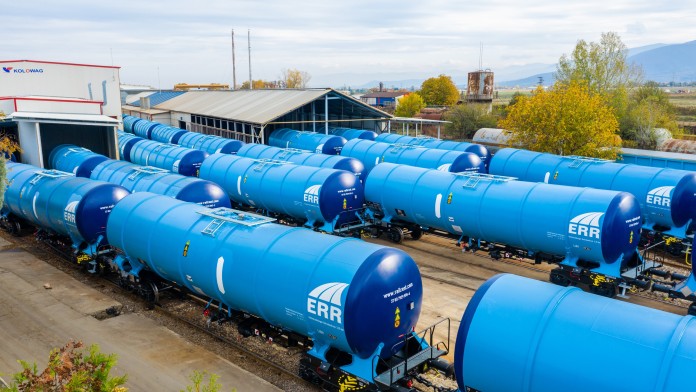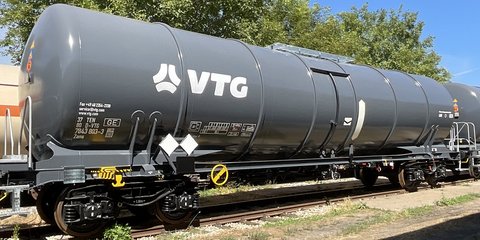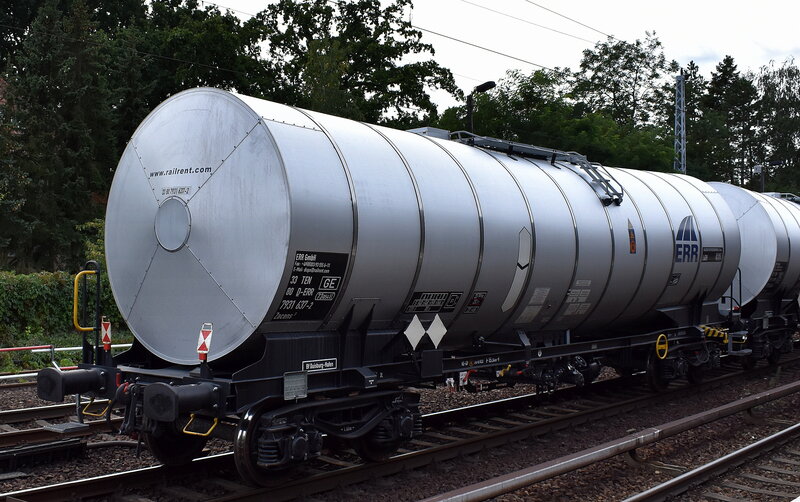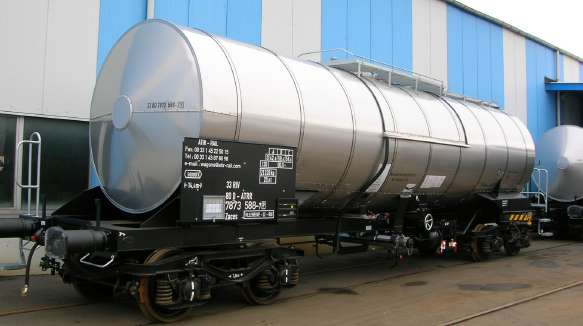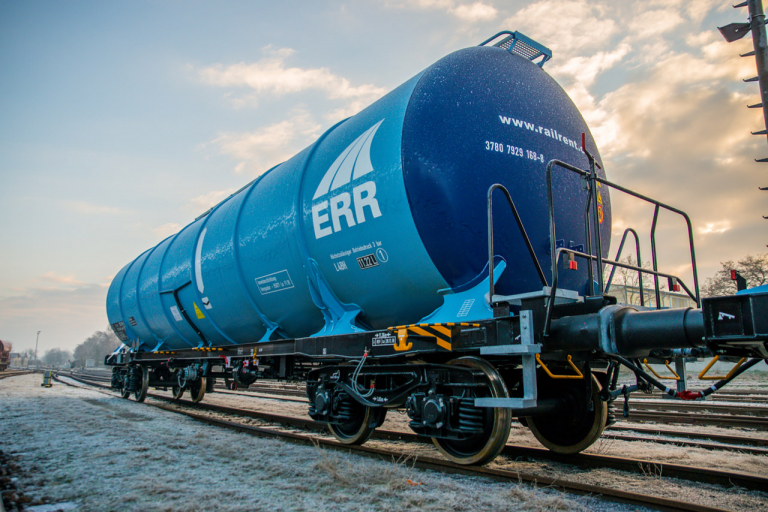Description
The Versatile Workhorse of Logistics: Rail Tanker Wagons (35,000L – 50,000L)
In the intricate dance of global logistics, the rail network plays a vital, often unseen, role. Among the many types of rolling stock that keep goods moving, the rail tanker wagon stands out as a crucial component for transporting liquids and gases efficiently and safely. Within the range of available sizes, the 35,000L to 50,000L rail tanker wagon holds a sweet spot, offering a balance between capacity and maneuverability, making it a versatile workhorse for a variety of industries.
What are Rail Tanker Wagons?
Essentially, these are specialized railway vehicles designed to transport bulk liquids or gases in a secure and controlled manner. They consist of a cylindrical tank mounted on a railway wagon chassis, equipped with safety valves, filling/discharge points, and often, thermal insulation or heating systems to maintain cargo integrity.
The 35,000L – 50,000L Sweet Spot
While rail tanker wagons come in various sizes, the 35,000L to 50,000L range offers several key advantages:
- Optimized Capacity: This capacity range allows for significant bulk transport while remaining manageable for various rail infrastructure and loading/unloading facilities. It strikes a balance, avoiding the limitations of smaller tankers and the potential infrastructure restrictions of larger ones.
- Versatility: The range caters to a wide array of liquids and gases, including chemicals, petroleum products, food-grade liquids, and industrial gases. This adaptability makes them suitable for a diverse range of industries.
- Maneuverability: Their relatively compact size compared to larger tank cars allows for easier navigation on tighter rail curves and access to smaller industrial sidings, expanding their operational reach.
- Cost-Effectiveness: This size range often presents a favorable cost-to-volume ratio, making them an economically viable option for bulk transport, especially over long distances.
Applications Across Industries:
The versatility of these rail tanker wagons translates into a wide range of applications across various industries:
- Chemical Industry: Transporting raw materials, intermediate products, and finished chemicals safely and efficiently.
- Petroleum Industry: Moving crude oil, refined petroleum products (gasoline, diesel, jet fuel), and liquefied petroleum gas (LPG).
- Food & Beverage Industry: Transporting edible oils, syrups, wine, and other food-grade liquids under hygienic conditions.
- Agriculture: Transporting fertilizers, pesticides, and other agricultural chemicals.
- Manufacturing: Facilitating the movement of various liquid raw materials and industrial gases used in manufacturing processes.
Safety and Regulations:
Safety is paramount when transporting hazardous materials. Rail tanker wagons are subject to strict regulations and standards governing their design, construction, inspection, and maintenance. These regulations, often enforced by national and international regulatory bodies, ensure the safe handling and transportation of potentially dangerous goods. Key safety features often include:
- Pressure Relief Valves: To prevent pressure buildup and potential tank rupture.
- Thermally Protected Tanks: For temperature-sensitive cargo.
- Double-Walled Construction: For added protection against leaks and spills.
- Emergency Shut-Off Valves: To quickly isolate the tank in case of an accident.
The Future of Rail Tanker Wagons:
As the demand for efficient and sustainable transportation continues to grow, rail tanker wagons are likely to remain a vital part of the global logistics landscape. Future advancements may include:
- Lightweight Materials: Improving fuel efficiency and increasing payload capacity.
- Smart Sensors: Monitoring cargo levels, temperature, and pressure in real-time.
- Improved Insulation: Reducing energy consumption for heating or cooling.
- Enhanced Safety Features: Incorporating advanced technologies to prevent accidents and minimize environmental impact.
Conclusion:
The 35,000L to 50,000L rail tanker wagon is a dependable and adaptable workhorse, playing a crucial role in transporting a wide array of liquids and gases across industries. Its optimized capacity, versatility, and relative maneuverability make it a valuable asset in the global logistics chain. As technology advances and sustainability becomes increasingly important, these wagons will undoubtedly continue to evolve, ensuring the safe and efficient transport of vital goods for years to come.
